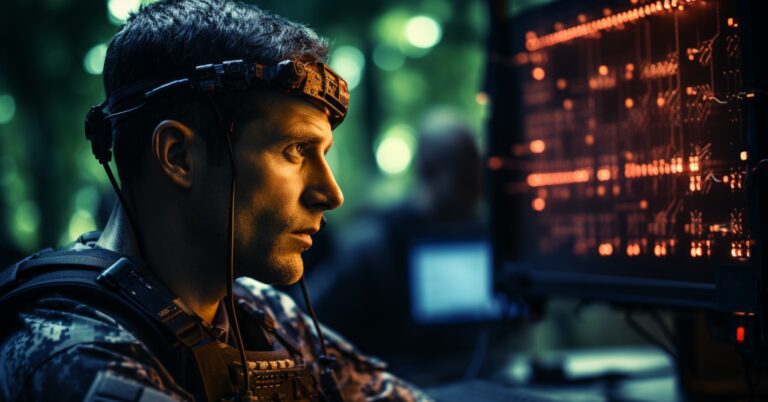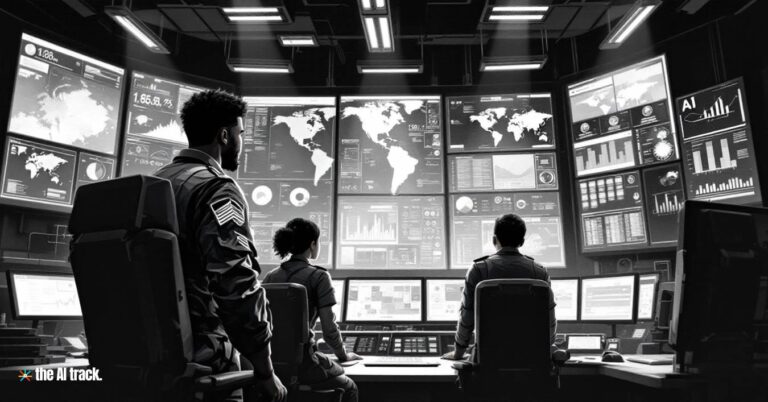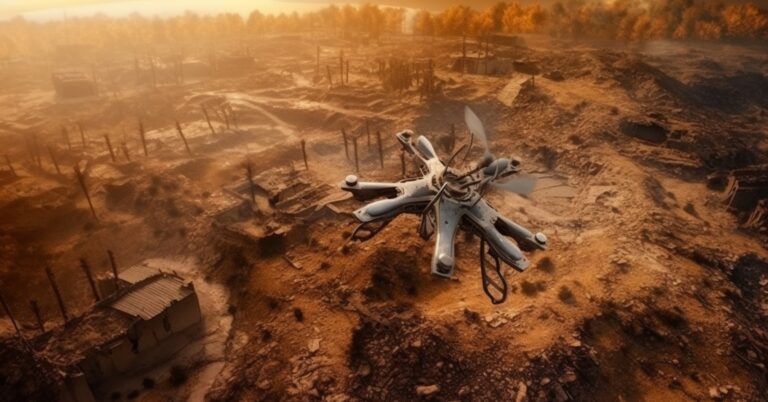Jump to Sections
The Growing Role of AI in Military Operations
In a recent interview for CBS 60 Minutes (October 8, 2023), former Chairman of the US Joint Chiefs of Staff, General Mark Milley, stated that artificial intelligence (AI), cyber capabilities, and advanced weaponry are set to fundamentally alter the landscape of warfare, reshaping the dynamics of global conflicts.
General Milley suggested that these advancements could potentially increase the likelihood of warfare, as nations race to harness these cutting-edge tools, emphasizing the need for the United States to proactively prepare for these technological shifts.
Undoubtedly, AI is revolutionizing the battlefield, shifting the strategies and capabilities of militaries worldwide. From unmanned drones and autonomous tanks to AI-driven surveillance systems, military forces are finding new ways to leverage technology to secure advantages over their adversaries.
This article analyzes the evolving landscape of AI in military applications, exploring the challenges and opportunities that lie ahead in an era defined by rapid technological change.

The Current State of AI in Military Applications
The integration of AI in military operations is redefining modern warfare on a global scale. Militaries around the world are increasingly characterized by AI-powered technologies that enhance precision, reduce human casualties, and facilitate strategic decision-making in combat zones.
- The U.S. has invested heavily in AI development, with the Department of Defense (DoD) and Department of Homeland Security (DHS) contributing around $700 million to AI projects in recent years. Companies like Palantir and Scale AI are developing sophisticated models for military use, focusing on decision-making processes, threat identification, and battlefield data analysis. Furthermore, U.S. National Security Agency Director Army Gen. Paul M. Nakasone recently announced the creation of the AI Security Center, aimed at promoting best practices and secure use of AI in national security systems.
- One prominent example of AI in military is Project Maven, initiated by the U.S. Department of Defense, which uses AI to analyze imagery and identify targets with remarkable precision.
- Similar initiatives are being undertaken globally, as the invasion of Ukraine in 2022 prompted European nations to modernize their arsenals with AI-driven solutions, collaborating with Silicon Valley tech firms to boost defense capabilities.
- China has set an ambitious goal to lead the world in AI development by 2030, aggressively pursuing AI in military applications, while Russia has announced the integration of AI into its nuclear command and control systems.
- In Israel, the Israel Defense Forces (IDF) have adopted AI in military operations through recommendation systems like the Fire Factory AI model, significantly improving the speed and precision of air strikes, raids, and operational coordination.
- South Korea has deployed autonomous AI-enabled sentry robots in the demilitarized zone to enhance security in high-risk areas.
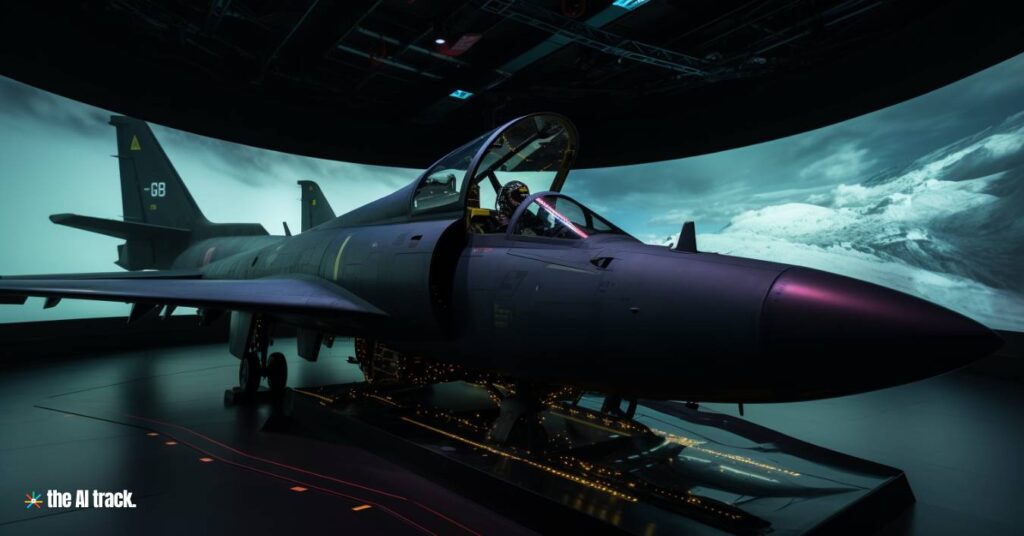
Key Areas Where AI is Transforming Warfare
AI is driving transformative changes across critical military domains, including:
- Strategic Decision-Making: AI analytics empower militaries to forecast scenarios, optimize operations, and enhance strategic decision-making. AI rapidly analyzes battlefield data much faster than humans, tracks assets, and coordinates responses – reducing biases and improving mission effectiveness.
- Predictive Maintenance: AI predictive analytics transform equipment maintenance from reactive to proactive models. For example, the U.S. Army uses machine learning to predict Stryker vehicle failures, reducing costs by 25-35%. Similarly, the UK RAF leverages AI to forecast Eurofighter engine breakdowns, enabling timely repairs.
- Military Logistics: AI manages procurement, transportation, and supply chain, optimizing logistics with reduced labor and costs. AI agents schedule convoys, direct unmanned vehicles, and improve recruitment to boost operational efficiency.
- Training & Simulations: AI-powered simulations create realistic wargaming scenarios, allowing soldiers hands-on experience and military leaders to test strategies risk-free.
- Surveillance & Reconnaissance: AI enhances intelligence gathering through autonomous drones, satellites, and computer vision – enabling faster, more accurate threat identification, as seen in the DoD’s Project Maven.
Autonomous Weapons: AI drives the development of lethal autonomous weapons (LAWs) and unmanned combat vehicles, reducing human risk. AI-guided missiles, fighter jets, and sentry robots autonomously engage targets, though ethical concerns over accountability remain.
South Korea in the demilitarized zone, employ AI to detect, identify, and engage enemy targets independently.
AI cyber weapons can disable critical infrastructure, giving militaries an asymmetric advantage. However, the rise of autonomous warfare raises significant ethical concerns, particularly around accountability and human oversight. There are growing calls to preemptively ban fully autonomous lethal weapons to mitigate these risks.
Electronic Warfare: AI has proven essential in environments dominated by electronic interference. In Ukraine, AI-enabled drones are used to overcome signal jamming and ensure critical missions continue even under adverse conditions. This capability highlights AI’s crucial role in maintaining strategic advantages in the face of electronic countermeasures.
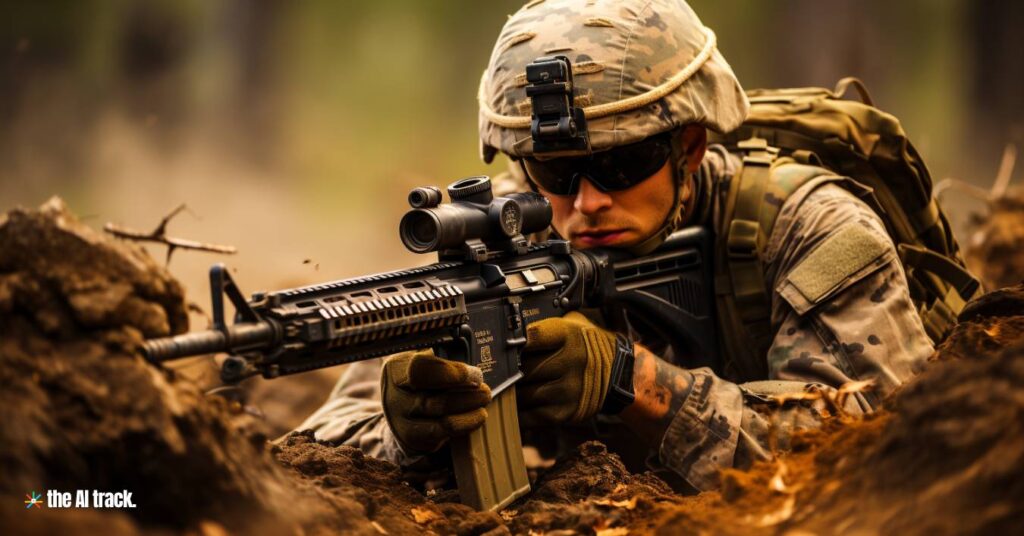
Decision Support Systems: AI-driven platforms like the Scylla security system are being used to improve decision-making processes. Scylla has been tested for its ability to detect threats in real-time, reducing false alarms, and ensuring rapid response. The AI Security Center, created by the U.S. National Security Agency, is another example of focused efforts to manage AI capabilities while maintaining best practices and minimizing risks.
Command & Control: AI processing of big data provides actionable insights to enhance resource management and high-pressure decision-making in operations.
The integration of AI models, such as those by Palantir and Scale AI, into military workflows allows for more efficient resource management and enhances the military’s response capabilities in high-pressure situations.
Targeting & Fire Coordination: AI algorithms can rapidly process terabytes of video footage from surveillance drones, a task that would take humans weeks or even months to accomplish manually. In the high-pressure environment of combat, AI techniques can significantly enhance the precision of target recognition.
Israel Defense Forces (IDF) have implemented AI recommendation systems and the Fire Factory AI model to revolutionize air strikes and coordinate raids, improving speed and precision in executing military operations.
Cyber Warfare and Cybersecurity: AI transforms both offensive and defensive cyber operations. AI-driven cyberattacks exploit vulnerabilities at scale, while AI-powered cybersecurity systems detect breaches and protect critical infrastructure.
Military AI cybersecurity solutions detect vulnerabilities and prevent attacks, a priority highlighted by the NSA’s AI Security Center.
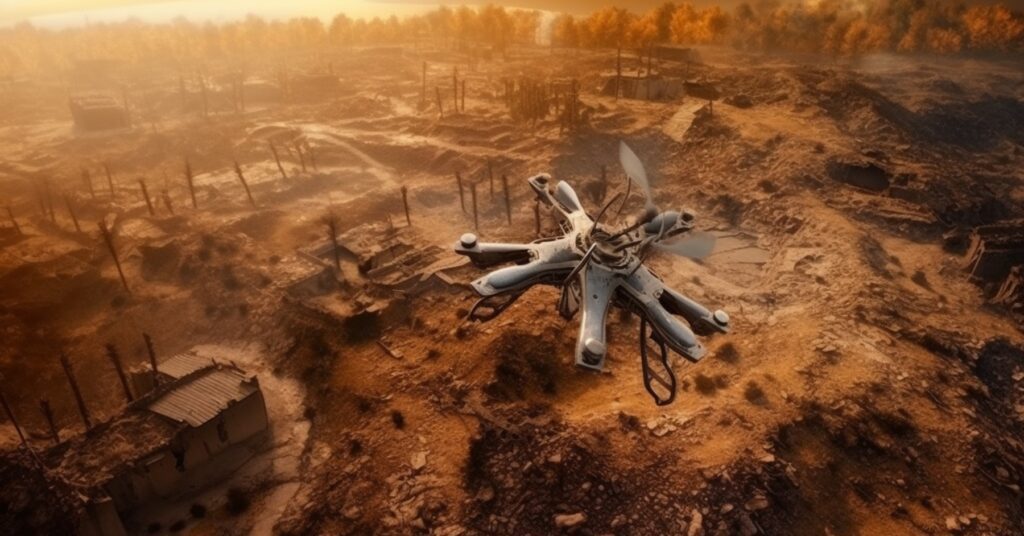
Case Studies: AI in Action
- Ukraine Conflict: During the Ukraine conflict, AI-enabled drones helped Ukrainian forces navigate and overcome Russian electronic warfare measures, emphasizing AI’s role in real-time situational awareness and resilience.
- Scylla AI System: The U.S. Department of Defense’s Scylla AI system represents an advanced use of AI in safeguarding critical assets. Its 96% detection accuracy rate exemplifies the capability of AI to enhance physical security.
- China and ChatBIT: Chinese researchers adapted Meta’s Llama model to develop “ChatBIT,” an AI-driven tool used for military decision support. This example raises concerns about the ethical implications of open-source AI models being used for unauthorized military purposes.
- South Korea’s AI-Enabled Robots: South Korea has deployed autonomous AI-enabled sentry robots in the demilitarized zone to enhance monitoring and security in high-risk areas, providing a real-world example of AI’s application in border defense.
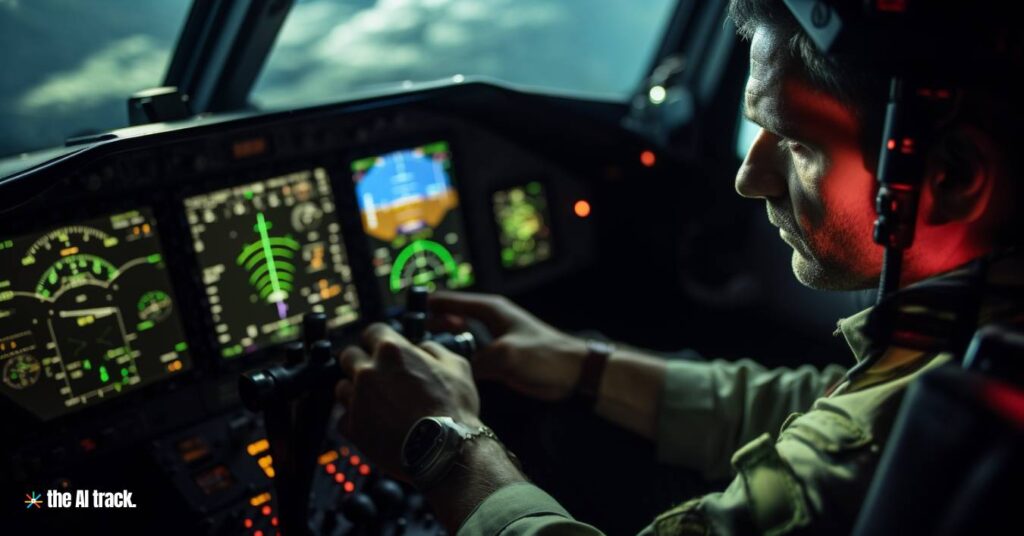
The Rising Tide of Military AI Investment
Global military spending has surged 34% in the past 5 years, fueled by geopolitical rivalries and conflicts like the Russia-Ukraine war. This has driven defense agencies worldwide to invest heavily in AI for new, cost-effective weapons systems.
The U.S. stands out, integrating AI into traditional military platforms. The DoD’s advanced Scylla AI system exemplifies this, achieving a 96% threat detection accuracy. As Deputy Defense Secretary Hicks noted, AI’s role in enhancing decision-making and operational efficiency is a key priority.
The U.S. is also deploying the Replicator initiative – thousands of autonomous AI-driven systems across air, sea, and land domains. This major shift signals efforts to counter adversaries’ numerical advantages using AI-powered robots.
Globally, military AI investment continues escalating:
- NATO launched a $1B AI/automation innovation fund
- The U.S. allocated $29B for AI R&D from 2022-2026
- China plans $70B annual AI spending by 2030
- The UK and Germany have increased defense AI budgets
Major tech firms like Microsoft, Amazon, Google, and defense contractors are partnering to provide military AI capabilities. Startups like Palantir are also capitalizing on surging demand, despite ethical concerns.
Despite these challenges, the global military AI sector is poised for robust growth as nations compete for technological superiority.
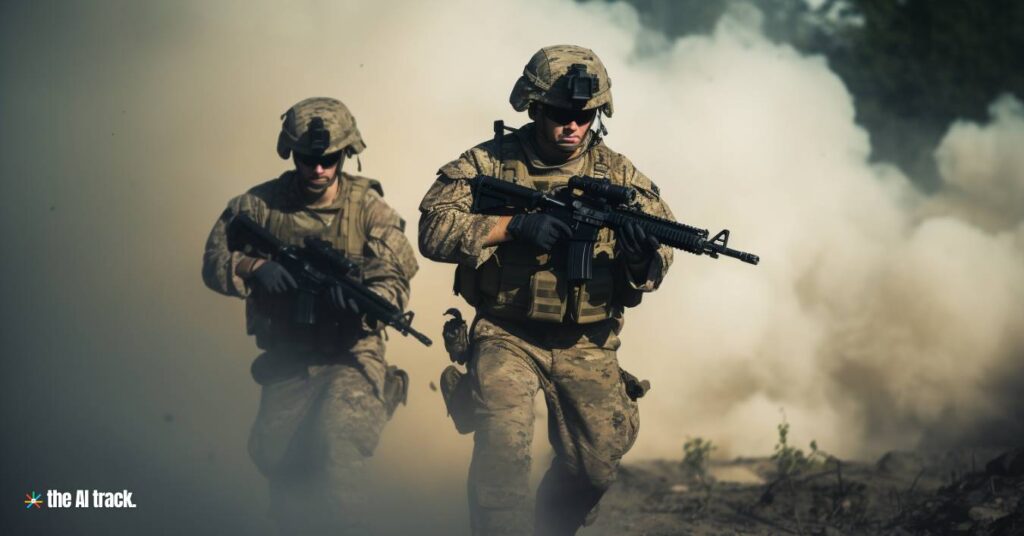
Challenges and Ethical Dilemmas in Military AI Deployment
The Need for AI Regulations
With AI becoming integral to military operations, regulating its ethical use is crucial. There is growing demand for banning fully autonomous lethal weapons to ensure meaningful human control over decisions involving life and death.
The United States has initiated a program to foster international cooperation on the responsible military use of AI and autonomous weapons, aiming to set norms for ethical behavior in military AI. This initiative includes 12 guiding principles that emphasize aligning military AI with international law, especially concerning nuclear weapons.
At a recent Hague conference, 60 nations, including the U.S. and China, called for action on responsible AI use in the military, highlighting the need for cooperation and human oversight. However, notable absences from the signing included Israel (participated but didn’t sign), Ukraine (unable to attend), and Russia (not invited).
Developing clear international norms is essential to prevent indiscriminate killings and uphold accountability. Militaries must also ensure AI systems adhere to humanitarian laws before deploying them in real conflicts. Global cooperation is key to establishing guardrails that will help prevent catastrophic outcomes.
Public Perception of AI in Military Use
The integration of AI into defense has significant societal implications, yet there is limited understanding of public sentiment regarding military AI. Currently, there is no reliable method for gauging public attitudes on this issue. Traditional surveys and methods fail to fully capture public concerns about AI in defense.
Public sentiment plays a critical role in shaping AI policy and building trust in its ethical military use. Understanding these attitudes is vital as we navigate this rapidly evolving landscape.
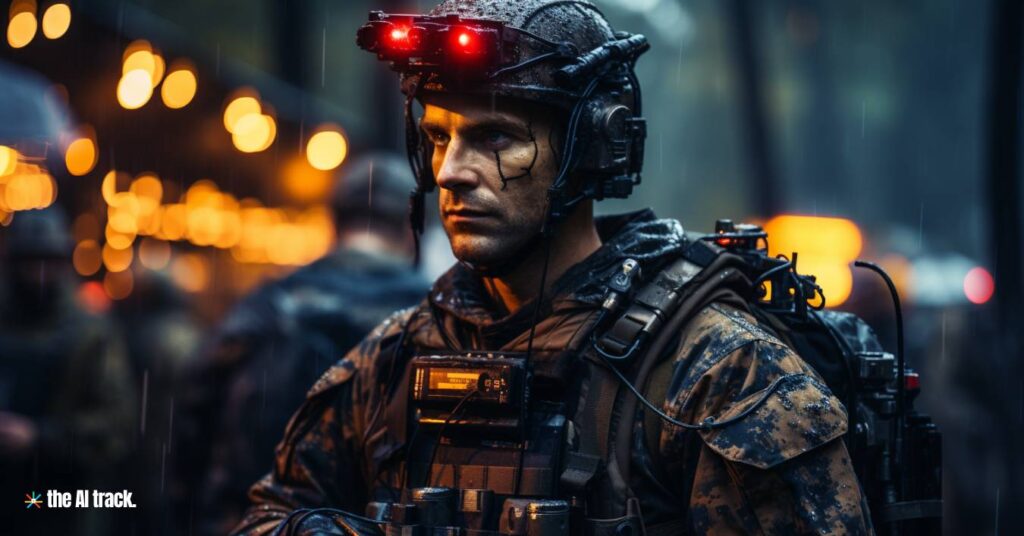
International Efforts to Regulate AI in Warfare
The rapid expansion of AI in military contexts has triggered major ethical, legal, and security concerns. To address these, an international summit in Seoul gathered representatives from over 90 nations to discuss guidelines for the responsible use of AI in military operations, focusing on issues like autonomous weapons and human oversight. Though non-binding, these guidelines are a significant step toward shared understanding and minimizing risks.
However, the potential for misuse remains high. Meta’s Llama AI, adapted by Chinese researchers into ChatBIT for military decision support, highlights the risks of open-source models being misused without oversight. Meta stated that any military application of its models breaches its policies, underscoring the need for tighter regulation.
The ethical debate also revolves around fully autonomous weapons that operate without human intervention. Concerns about accountability in the case of unintended consequences, such as civilian harm or conflict escalation, have led experts to advocate for a preemptive ban on these weapons.
The international community must find a balance between harnessing AI’s military benefits and mitigating its ethical risks. Establishing robust guidelines and maintaining human oversight are critical for responsibly deploying military AI.
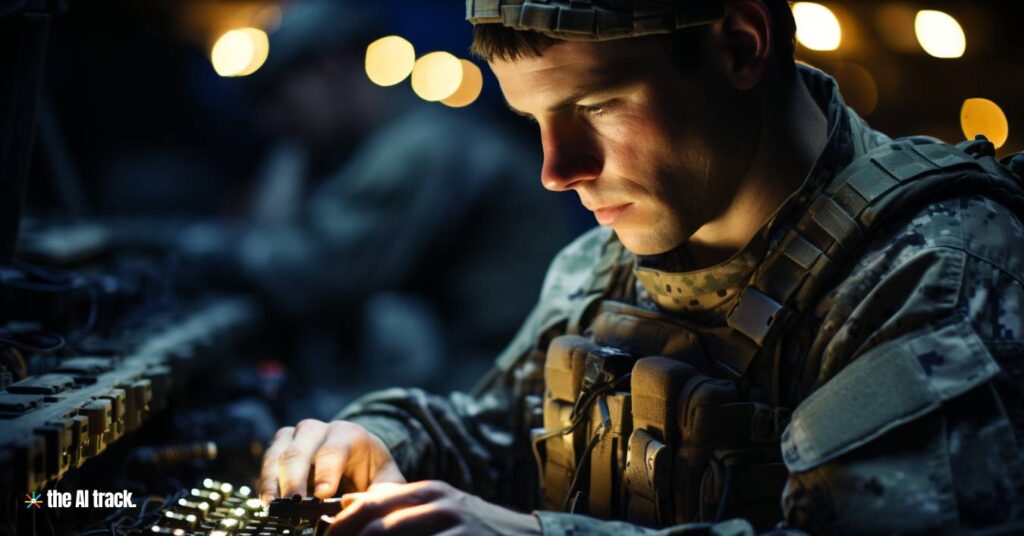
The Future of AI in Military
Emerging Technologies: Upcoming Innovations in Military AI
Militaries are rapidly exploring emerging AI technologies that promise significant strategic advantages. Key innovations include quantum computing, self-learning neural networks, 5G connectivity, and micro-drones.
- Quantum Computing: Enables ultra-secure communications and rapid analysis of battlefield data.
- Self-Learning Neural Networks: AI weapons that independently improve their capabilities over time.
- 5G Connectivity: Facilitates real-time communication across highly autonomous systems with minimal latency.
- Swarm Micro-Drones: Offer real-time intelligence gathering and conduct coordinated attacks.
As these technologies mature, they are set to revolutionize warfare, providing nations that lead their development with significant military and geopolitical advantages.
Risks of AI Proliferation
The uncontrolled spread of advanced AI weapons presents severe risks to global security. Terrorist groups equipped with AI-powered drones or cyberweapons could cause immense destruction, exceeding previous threats in scale and impact.
At the national level, AI proliferation could lead to miscalculations or unintended escalation. Autonomous AI defenses might provoke preemptive strikes during high-tension periods, risking catastrophic conflicts. Global cooperation and export controls are crucial to prevent destabilizing consequences.
Adapting to an AI-Driven Military Landscape
To harness AI’s potential, militaries must rethink structures, training, and career paths. Technical skills to operate AI systems will become indispensable.
- Retraining Personnel: Continuous retraining is essential as AI capabilities rapidly evolve. Military education must emphasize creative thinking and strategies that complement AI’s strengths.
- Overcoming Biases: Adapting organizational culture and overcoming biases are key to successful AI integration.
- Joint Doctrines: A unified approach across all branches will ensure effective AI utilization. Nations that adapt quickly will gain critical advantages over their rivals.
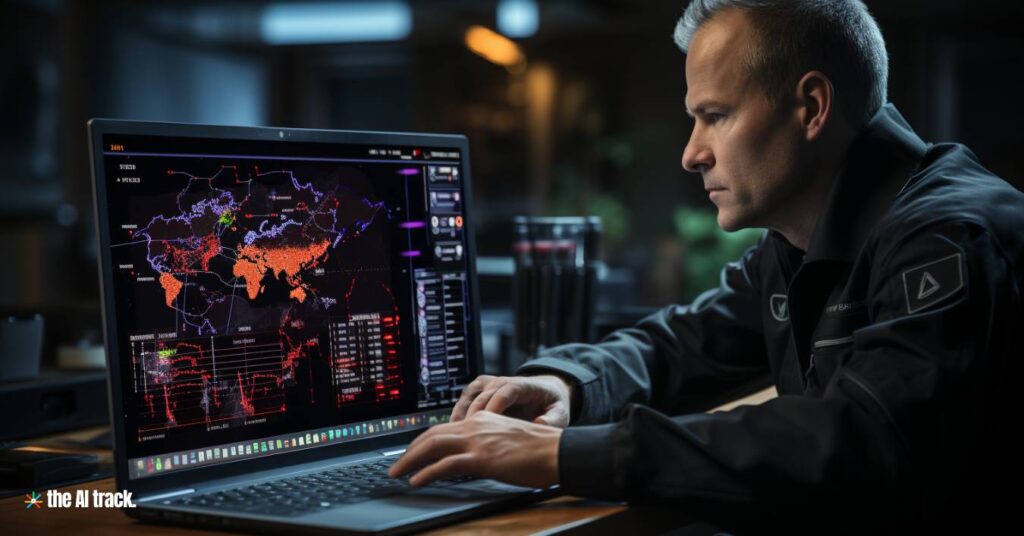
Conclusion: Preparing for an AI-Driven New Era of Warfare
AI is transforming the landscape of modern warfare, providing unprecedented capabilities in intelligence, surveillance, precision, and automation. However, these advancements come with significant responsibilities.
As nations compete in an AI arms race, they must also cooperate to regulate its ethical use and prevent proliferation. Military policies, training, and culture must evolve to harness AI’s potential effectively while minimizing risks. By investing in responsible AI development, militaries can enhance operational effectiveness and potentially make warfare more precise and humane. Failing to regulate these technologies could, however, lead to a destabilizing era of autonomous and algorithm-driven warfare. Preparing for both opportunities and risks will be crucial in shaping a safer world.
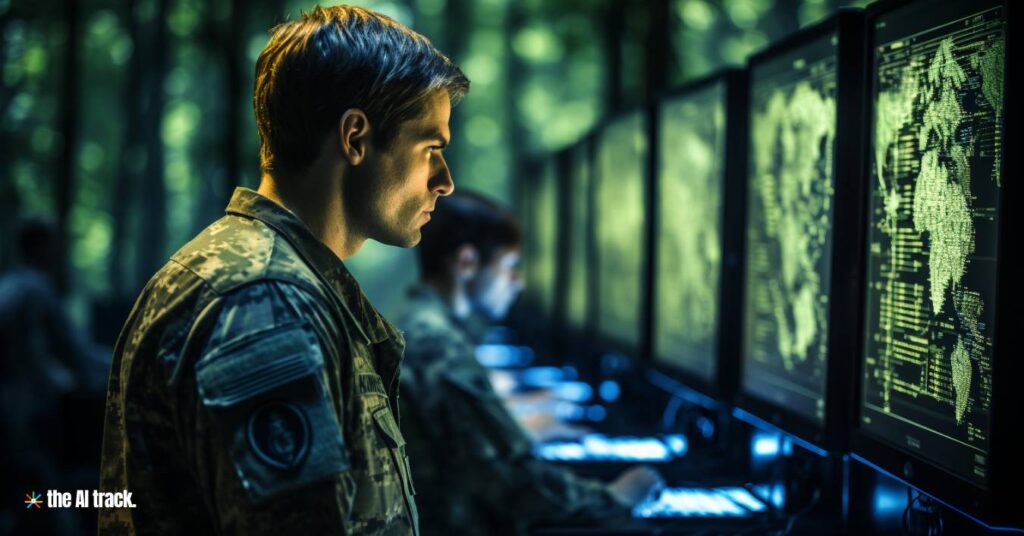
Key Takeaway
Artificial Intelligence (AI) is undergoing a profound transformation of modern military operations, revolutionizing critical aspects such as intelligence, surveillance, precision, and automation. This technological evolution presents a plethora of opportunities and advantages for military forces worldwide.
However, it also raises serious concerns regarding ethics, accountability, and global security. As AI continues to gain prominence in military contexts, nations must not only adapt to harness its immense potential but also implement stringent regulations to ensure responsible and ethical use.
Failure to strike this balance could lead to unchecked automation and potential catastrophic consequences on a global scale. In this rapidly changing landscape, the future of warfare is undeniably intertwined with the responsible integration and governance of AI technologies.
Sources
- AI in the military: Gen. Milley on the future of warfare, CBS News, Brit McCandless Farmer, October 9, 2023
- The 60 Minuter Interview with General Mark Milley, CBS, October 8, 2023
- US launches artificial intelligence military use initiative | Military Times, By Mike Corder, The Associated Press, Feb 17 2023
- The use of artificial intelligence in a military context: development of the attitudes toward AI in defense (AAID) scale | Frontiers, 05 May 2023
- AI Security Center to Open at National Security Agency | U.S. Department of Defense, Sept. 28, 2023
- US Defence Department Issues New Directive: Autonomy In Weapons Systems With AI Policy Guidance | Cindy Gordon, Forbes, Jan 30, 2023
- Global summit calls for ‘responsible use’ of AI in the military | I and T, February 17, 2023
- Why business is booming for military AI startups | Melissa Heikkiläarchive, MIT Technology Review, July 7, 2022
- Artificial Intelligence, Real Risks: Understanding—and Mitigating—Vulnerabilities in the Military Use of AI | Nick Starck, David Bierbrauer and Paul Maxwel, Modern War Institute, January, 18, 2022
- On the warpath: AI’s role in the defence industry | Christine Ro, BBC, 24 August 2023
- Top 10 military AI stories of 2021 | Emma Helfrich, Military Embeded Systmes, January 03, 2022
- No 10 worried AI could be used to create advanced weapons that escape human control | Kiran Stacey and Dan Milmo, The Guardian, 25 Sep 2023



